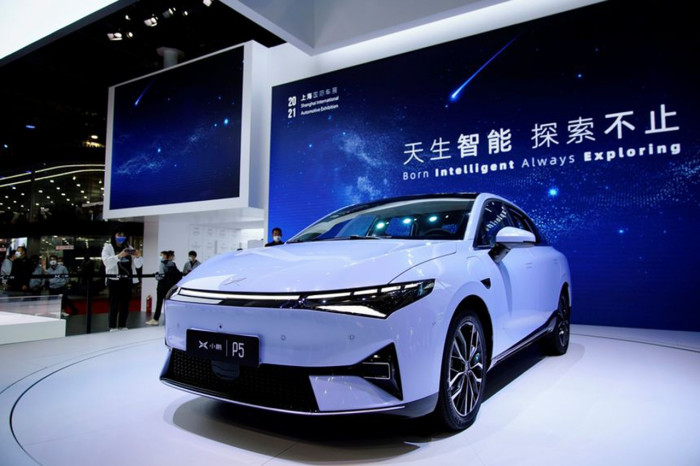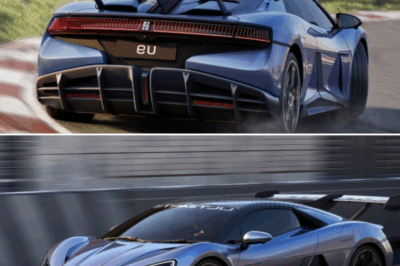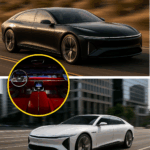New Regulations Will Limit Testing Programs, Control Promotional Terminology, and Ban Remote Parking Features
The Ministry of Industry and Information Technology of China (MIIT) has introduced stricter regulations for autonomous driving technology following recent safety concerns, reshaping how automakers develop, test, and market these features.
At a meeting on April 16 regarding the management of connected smart vehicles, MIIT officials presented comprehensive restrictions in a document circulated within the industry. The new guidelines focus on various aspects of the development and marketing of autonomous driving.
Public Beta Testing Programs Banned

MIIT has banned the “pioneer user” testing method, stating that “public testing, whether with thousands or tens of thousands of users, must go through official approval channels.” This ends the smartphone-inspired approach where automakers recruit early users to test and provide feedback on new autonomous driving features.
Xiaomi had previously announced the recruitment of a thousand-member experience group to test autonomous driving features.
Photo: Xiaomi
Tight Control Over Marketing Terminology
Automakers must now avoid terms such as “autonomous driving,” “self-driving,” “smart driving,” or “advanced smart driving” in their marketing materials. Instead, they must use terms like “L (number) driving assistance” (such as L2—level 2), in strict adherence to the classification of automation levels.
Remote Parking and Remote Car Calling Features Banned
![]()
Features that operate without the driver’s supervision, such as automatic parking, calling the car from a parking spot to pick up the driver, and remote control, are banned. MIIT emphasized that “these features will not be approved for products” as they do not ensure driver participation and safe operation.
Driver Must Keep Hands on Steering Wheel
Regulations require that the driver monitoring system cannot be turned off and must detect when the driver’s hands are off the steering wheel. If the system detects that the driver has not touched the wheel for over 60 seconds, it must implement risk mitigation strategies such as slowing down, activating hazard lights, or pulling over.
Restricted OTA Updates

MIIT criticized over-the-air (OTA) updates, stating that one goal of the new regulations is to “reduce the frequency of OTA updates and improve risk management by version.” Emergency updates will require recall procedures and approval from the Market Supervision Administration.
Stricter Regulations Following Fatal Accident
Observers note that these regulations came shortly after a serious incident involving a self-driving car that resulted in the deaths of three people, prompting authorities to prioritize safety over technological advancement. This comes just before the Shanghai Auto Show, where autonomous driving features were expected to be heavily promoted, demonstrating the Chinese government’s determination to enforce stricter management in this area.
The new regulations particularly affect companies that have positioned themselves as leaders in autonomous vehicles, including Huawei, Xpeng, Li Auto, and Nio.
News
2025 Ford Mustang Review: A True American Icon with Modern Touches
For generations, the Mustang has offered accessible performance, iconic styling, and practicality at an affordable price. Now in its seventh…
Chinese electric supercar – U9 is coming soon. U9 can accelerate from 0 to 100 km/h in just 2 seconds—faster than some of the world’s top supercars today.
Yangwang U9 Electric Supercar to Debut at Shanghai Auto Show The U9 model from BYD’s luxury brand, Yangwang, will be…
End of content
No more pages to load








